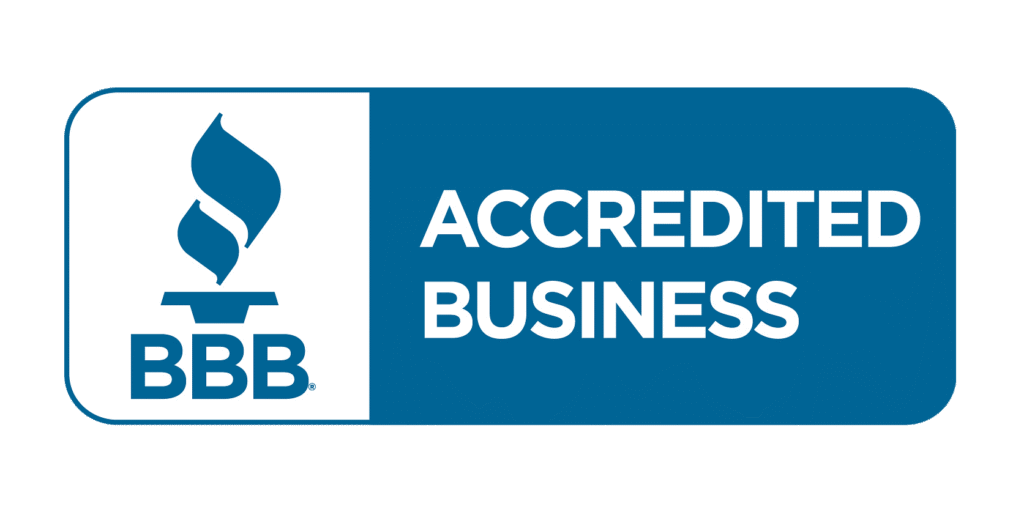Toxic Black Mold Removal in Toronto
Black mold is a serious threat to homeowners in Toronto, making black mold removal in Toronto essential. This is especially true because of our city’s unique climate and seasonal moisture issues. Our years of experience show that preventing mold works best with careful monitoring and quick action at the first signs. A small patch of mold might look manageable with DIY solutions. But when you think about the health risks and hidden growth potential, expert assessment proves the smartest choice. The biggest problem lies with moisture issues that need fixing to stop future growth. Black mold begins to grow just 24-48 hours after water exposure, and you will need black mold removal in Toronto. Good home maintenance, proper ventilation, and humidity control create your best defense. Look for warning signs like visible growth, musty smells, or strange health symptoms. Act quickly to protect your family’s health and your home’s value. Moist materials cause the growth of black mold. Only Toronto’s licensed mold removal company should handle black mold removal Toronto. If someone does not remove this mould safely and effectively, the amount of toxins it produces can harm one’s health. Professional remediation costs might look steep initially. Delays usually create more damage and bigger expenses down the line. Your family’s health and safety deserve the peace of mind that comes with proper mold removal and prevention. 📞 Call Now What Is Toxic Black Mold? Toronto toxic black mold is a harmful type of mold. Dark green or black, it can release mycotoxins into the air. These toxins can trigger respiratory issues, chronic fatigue, headaches, and even neurological symptoms if left untreated. Black mold thrives in damp, humid, and poorly ventilated areas, especially after: Why Black Mold Is Dangerous? Black mold can affect anyone. However, infants, seniors, and people with breathing problems or weak immune systems are more at risk. Symptoms may include: If you see any of these signs or smell mold, call CPR24 Restoration right away for a mold inspection. How We Remove Black Mold Safely Removing Toronto toxic black mold requires certified professionals and industry-grade equipment. At CPR24 Restoration, our black mold removal process includes: 1. Mold Inspection & Testing Our IICRC-certified technicians assess your property to locate hidden mold and identify moisture sources. If necessary, we perform lab-grade air quality testing to confirm the presence of mycotoxins. 2. Containment & Air Filtration We block the affected area with HEPA filters and negative air pressure. This stops spores from spreading during cleanup. 3. Safe Mold Removal Using EPA-approved antimicrobials, we physically remove mold from all affected surfaces, including drywall, wood, carpet, and insulation. 4. Dehumidification & Drying We eliminate excess moisture using commercial-grade dehumidifiers and air movers, ensuring mold won’t return. 5. Restoration & Prevention After fixing the problem, we repair any damage. We also suggest ways to keep your property mold-free. This includes better ventilation and waterproofing. We Remove Black Mold From: No matter where mould hides in your home, CPR24 Restoration will find it and get rid of it for good. Certified Black Mold Experts You Can Trust We are fully licensed, insured, and IICRC-certified for black mold remediation. Our team follows strict industry guidelines for containment, removal, and post-remediation verification. Why Choose CPR24 Restoration? What To Do If You Suspect Toxic Mold Touching or cleaning black mold can release spores into the air. Instead, follow these steps: Visual Warning Signs of Black Mold in Toronto Homes Black mold detection in its early stages can save you thousands in cleanup costs. I’ve seen countless Toronto homes where mold hides in plain sight. Your best defense against this harmful invader begins with knowing what to look for. Our city’s climate is perfect for it to grow. Dark patches on walls and ceilings Black mold appears most clearly as dark spots on walls and early sign toxic black mold ceilings. These patches look black or dark gray and have a unique texture. A closer look reveals their slimy or velvety surface, and you might see tiny filaments from the fungal structure. The dark growths spread in a rounded, layered pattern that grows larger as the problem worsens. I often find these patches in quiet places like basements during my inspections of Toronto homes. They can appear anywhere if the conditions are right. Mold likes to start in corners or where walls meet ceilings – places where moisture builds up. Toronto’s seasonal humidity creates the perfect environment for black mold since it needs warmth and moisture. While these spots might show hints of green or brown, their mostly black color gives this toxic variety its common name. Don’t touch any suspicious spots – proper testing must confirm if it’s black mold. Discolouration around water fixtures Water fixtures make ideal spots for black mold to grow. Discolouration often appears around sink faucets, shower heads, and bathtub fixtures, particularly if they leak. These spots provide the steady moisture that black mold thrives on. The caulking and grout around bathroom fixtures need special care. These materials absorb water and attract mold. Light staining often appears first before darker patches develop. Areas around exposed plumbing deserve a close look, particularly in warm spots like utility closets and near water heaters. Toronto’s basement plumbing needs extra attention since black mold loves the higher humidity and temperature changes down there. If you’re unsure about what you see, Toronto’s professional mold removal services can check these areas properly. Peeling or bubbling paint and wallpaper Your wall coverings can tell you a lot about hidden mold. Moisture from leaks, condensation, or high humidity makes paint bubble or peel and lifts wallpaper from surfaces. Water gets into these materials and makes the fibers swell until the paint cracks. Peeling paint signals more than just surface problems – it often means mold grows behind your walls. Moisture creates ideal conditions for black mold to thrive unseen. If you feel a spongy or soft spot when you press on a wall with peeling paint, you probably have a serious








